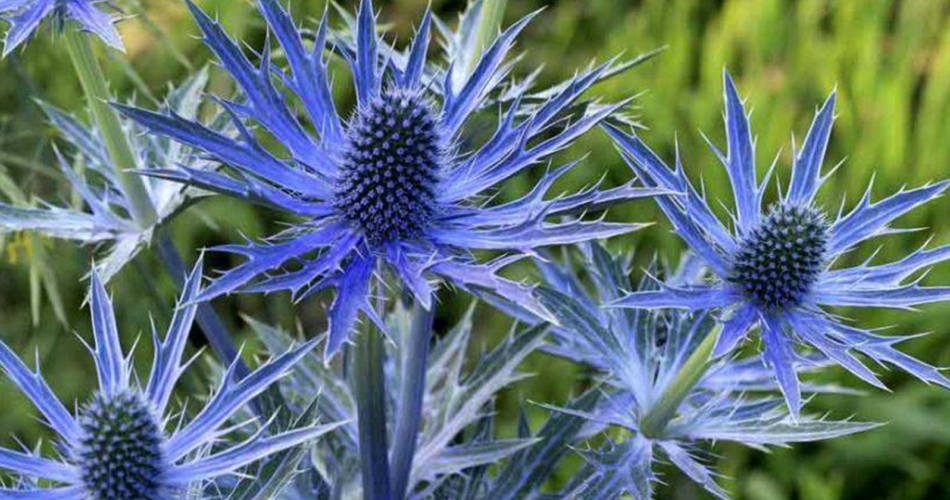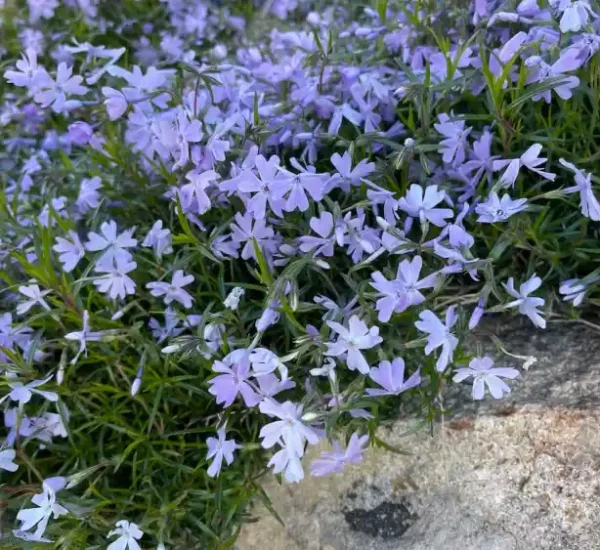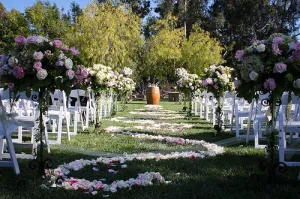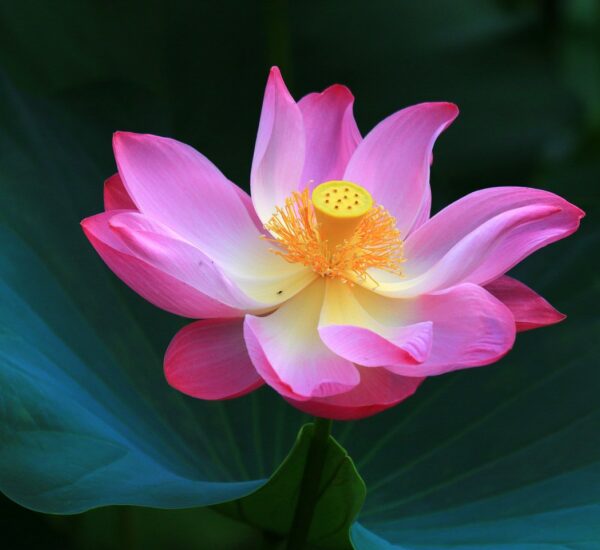Sea Holly, scientifically known as Eryngium, is a striking and unique perennial plant known for its spiky blue or silver thistle-like flowers and spiny leaves. In this comprehensive guide, we will provide expert advice on successfully growing and caring for Sea Holly, drawing insights from horticultural experts, government gardening agencies, and academic research.
Introduction to Sea Holly (Eryngium) Flowers
About Sea Holly (Eryngium)
- Expert Insight: Sea Holly is a perennial plant featuring distinctive blue or silver thistle-like flower heads and spiky leaves. Its spiny appearance and drought tolerance make it a captivating addition to gardens and coastal landscapes.
- Reference: Missouri Botanical Garden
Starting Your Sea Holly Garden
Selecting the Right Location
- Expert Advice: Choose a location with full sun and well-drained soil for planting Sea Holly. This plant thrives in coastal areas, making it suitable for gardens near the sea.
Planting Sea Holly
- Expert Tips: Plant Sea Holly in the spring or early fall. Space the plants 18-24 inches apart to allow for proper growth and airflow. Ensure the soil pH is neutral to slightly alkaline.
Watering Sea Holly
- Expert Guidance: Sea Holly is drought-tolerant once established. Water young plants regularly to help them establish roots, but avoid overwatering, as this can lead to root rot.
Caring for Sea Holly
Mulching
- Expert Recommendations: Apply a layer of gravel or well-draining mulch around Sea Holly to help retain soil moisture, control weeds, and mimic its natural coastal habitat.
Fertilizing Sea Holly
- Expert Insights: Sea Holly typically doesn’t require heavy fertilization. However, you can apply a balanced, slow-release fertilizer in the spring to encourage healthy growth.
Pruning and Deadheading
- Expert Advice: Deadhead spent flower heads to promote continuous blooming and remove the potential for self-seeding. Cut back the plant in late winter or early spring to encourage new growth.
Sea Holly in Garden Design
Ornamental Uses
- Expert Tips: Sea Holly’s striking appearance and tolerance for coastal conditions make it ideal for seaside gardens, xeriscaping, and rock gardens. It also serves as a long-lasting cut flower.
Supporting Pollinators
- Expert Guidance: Sea Holly attracts pollinators like bees and butterflies, making it a valuable addition to wildlife-friendly gardens.
Conclusion
Cultivating Sea Holly (Eryngium) can bring a touch of unique beauty to your garden, especially in coastal or xeriscape settings. By following the expert advice and recommendations in this guide, you can successfully grow and care for this captivating perennial, enhancing your garden’s visual appeal and supporting local pollinator populations.
Here are 10 frequently asked questions (FAQs) about how to grow Sea Holly (Eryngium) flowers
What is Sea Holly (Eryngium), and what makes it a distinctive and sought-after plant for gardens?
Expert Answer: Sea Holly is a perennial plant known for its spiky blue or silver thistle-like flowers and spiny leaves. Its unique appearance and tolerance for coastal conditions make it a captivating addition to gardens.
When is the best time to plant Sea Holly, and what growing conditions does it prefer?
Expert Answer: Plant Sea Holly in the spring or early fall, choosing a location with full sun and well-drained soil. This plant is well-suited for coastal gardens.
How should I space Sea Holly plants when planting them in the garden, and what is the ideal soil pH for their growth?
Expert Answer: Space Sea Holly plants 18-24 inches apart to allow for proper growth and airflow. They thrive in neutral to slightly alkaline soil.
What are the watering requirements for Sea Holly, and how often should I water these plants?
Expert Answer: Sea Holly is drought-tolerant once established. Water young plants regularly to help them establish roots, but be cautious of overwatering to prevent root rot.
Is mulching necessary for Sea Holly, and what type of mulch or material should I use to support their growth?
Expert Answer: Applying gravel or well-draining mulch around Sea Holly can help retain soil moisture, control weeds, and mimic their coastal habitat.
Do Sea Holly plants require fertilization, and if so, when and what type of fertilizer should I use for their health?
Expert Answer: Sea Holly typically doesn’t need heavy fertilization. Applying a balanced, slow-release fertilizer in the spring can encourage healthy growth.
How should I prune and deadhead Sea Holly, and why is this important for their care?
Expert Answer: Deadheading spent flower heads promotes continuous blooming and prevents self-seeding. Cutting the plant back in late winter or early spring encourages new growth.
What are the ornamental uses of Sea Holly in garden design, and where does it thrive best in terms of garden styles and settings?
Expert Answer: Sea Holly’s striking appearance and coastal tolerance make it ideal for seaside gardens, xeriscaping, rock gardens, and as a long-lasting cut flower.
Does Sea Holly attract pollinators, and how can it contribute to supporting local wildlife populations in my garden?
Expert Answer: Yes, Sea Holly attracts pollinators like bees and butterflies, making it a valuable addition to wildlife-friendly gardens and promoting biodiversity.
Can I grow Sea Holly in containers, or is it primarily suitable for garden beds and coastal landscapes?
Expert Answer: While Sea Holly is often planted in garden beds and coastal settings, it can also thrive in containers with proper care, provided they receive adequate sunlight and well-drained soil.
These FAQs provide valuable information on growing and caring for Sea Holly (Eryngium) flowers, helping you enhance the unique beauty of your garden and support local pollinator populations in the process.
- Best THC Sodas to Buy in Arkansas - May 28, 2025
- Exploring THC-Infused Sodas in Arkansas - May 28, 2025
- THC Beverages Now Trending in Alabama - May 28, 2025




